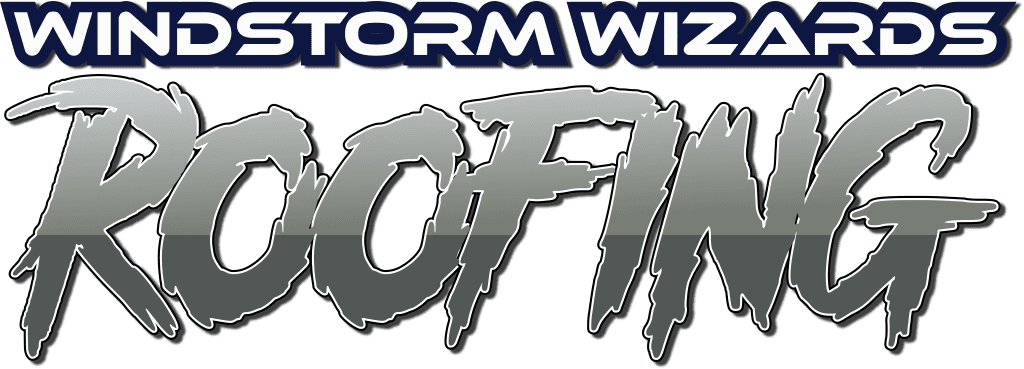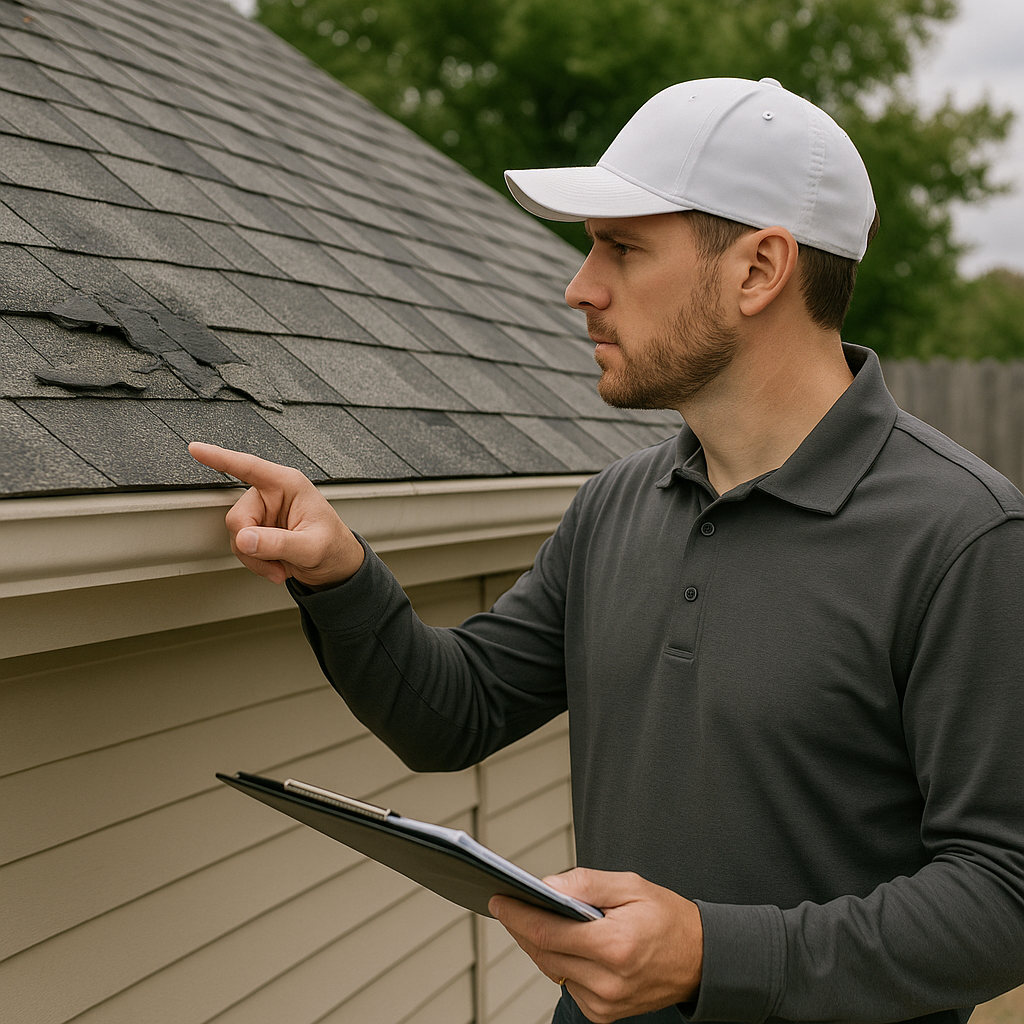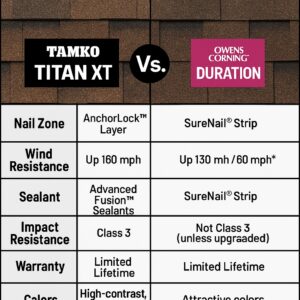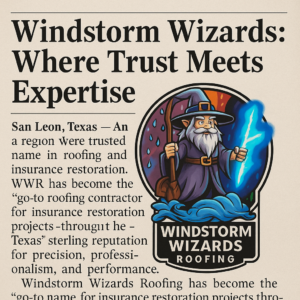When you file a homeowner’s insurance claim for roof damage, the insurance company will send an inspector or adjuster to evaluate your property. This inspection plays a crucial role in determining how much — if anything — the insurer will pay for repairs or a full roof replacement.
Understanding what inspectors look for can help you better prepare and ensure nothing is overlooked.
1. Signs of Storm Damage
Insurance inspectors will check for damage caused by wind, hail, or debris. Here’s what they typically look for:
- Hail strikes that leave dents, bruises, or cracks in shingles
- Lifted or missing shingles from strong winds
- Granule loss, which can expose the underlying material
- Impact marks from fallen branches or debris
The goal is to verify that the damage aligns with a recent weather event and that it has compromised the roofing system’s performance.
2. Age and Condition of the Roof
If your roof is already old or deteriorated, an inspector may argue that the damage is due to wear and tear — not a sudden event — and therefore not covered under your policy.
They’ll take note of:
- The roofing material’s condition
- Previous repairs
- Whether the roof is nearing the end of its useful life
Having documentation of previous inspections or maintenance can help counter any claim denials based on age.
3. Proper Installation
If the inspector notices that the roof was improperly installed, they may report this as a contributing factor to the damage. Insurance policies often exclude coverage for poor workmanship, so this can affect your payout.
Common red flags include:
- Improper nailing patterns
- Poor flashing around chimneys or vents
- Inadequate ventilation
4. Interior Damage
Inspectors often go inside the home to check for leaks or water stains on ceilings and walls. They’re looking for signs that roof damage has caused interior issues, which helps determine the extent of the damage and the need for full vs. partial repair.
Take note: If you delay filing a claim and interior damage occurs, the insurer might claim you failed to mitigate damages — which can reduce or void your payout.
5. Other Structural Damage
Beyond the roof, inspectors may also look at:
- Gutters and downspouts
- Siding and windows
- Attic insulation for moisture
- Decking or sheathing beneath the shingles
This helps create a full picture of the damage and ensures nothing is missed in the repair estimate.
Be Ready — and Represented
It’s important to be present during the inspection (or have your roofing contractor there) to point out all visible damage, share photos, and answer questions. At Windstorm Wizards Roofing, we specialize in insurance claims and can represent you during the inspection to help ensure you get the full value you deserve.
Need help with your roof insurance claim?
📞 Call Windstorm Wizards Roofing today for a free roof assessment and expert claim support!





